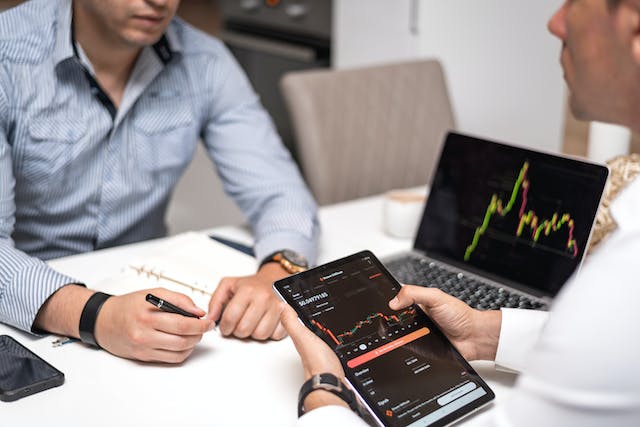A simple dive into Algo-trading and its effect in Risk Management
In the fast-paced world of financial markets, where every second counts and decisions can make or break fortunes, the adoption of autotrading or algorithmic trading has become increasingly prevalent. This revolutionary approach to trading leverages computer algorithms to execute orders at speeds and frequencies impossible for human traders. Beyond the obvious advantages of speed and efficiency, autotrading brings forth an aspect that often takes center stage in successful trading strategies—risk management.
At the heart of algorithmic trading lies the ability to analyze vast amounts of data with unprecedented speed and accuracy. Algorithms are designed to process market information, identify patterns, and execute trades within fractions of a second. This not only reduces the emotional and psychological aspects of trading but also allows for timely responses to market fluctuations. In a landscape where market conditions can change rapidly, the swift and precise decision-making cannot be overstated. One of the primary advantages of autotrading is its unwavering commitment to sticking to a predefined set of rules. Unlike human traders who may succumb to emotions, biases, or external pressures, algorithms operate strictly based on the parameters and criteria set by their creators. This enforces discipline in trading, mitigating the risks associated with impulsive or emotionally-driven decisions that can lead to significant losses.
However, the true power of autotrading comes to the forefront when combined with robust risk management strategies. A well-designed algorithmic trading system incorporates risk management protocols at multiple levels. Position sizing, stop-loss orders, and portfolio diversification are integral components that work in tandem to protect capital and minimize potential losses. These risk management measures act as a safety net, preventing catastrophic outcomes and ensuring the longevity of a trading strategy. In autotrading, where systems operate autonomously, continuously monitoring and refining risk management protocols cannot be overstated. Markets evolve, and unforeseen events can disrupt the most well-crafted algorithms. Regular reviews of risk parameters, stress testing under various market scenarios, and adaptability to changing conditions are vital to the sustained success of an algorithmic trading strategy.
While the allure of autotrading lies in its ability to execute trades with unprecedented efficiency, it is the marriage of speed with disciplined risk management that truly sets the stage for long-term success. Traders and investors who recognize the symbiotic relationship between algorithmic trading and risk management are better equipped to navigate the complexities of financial markets and harness the full potential of this transformative approach. In an era where information travels at the speed of light and markets never sleep, embracing autotrading with a keen focus on risk management is not just an option—it's a strategic imperative for those aiming to thrive in the dynamic world of finance.



